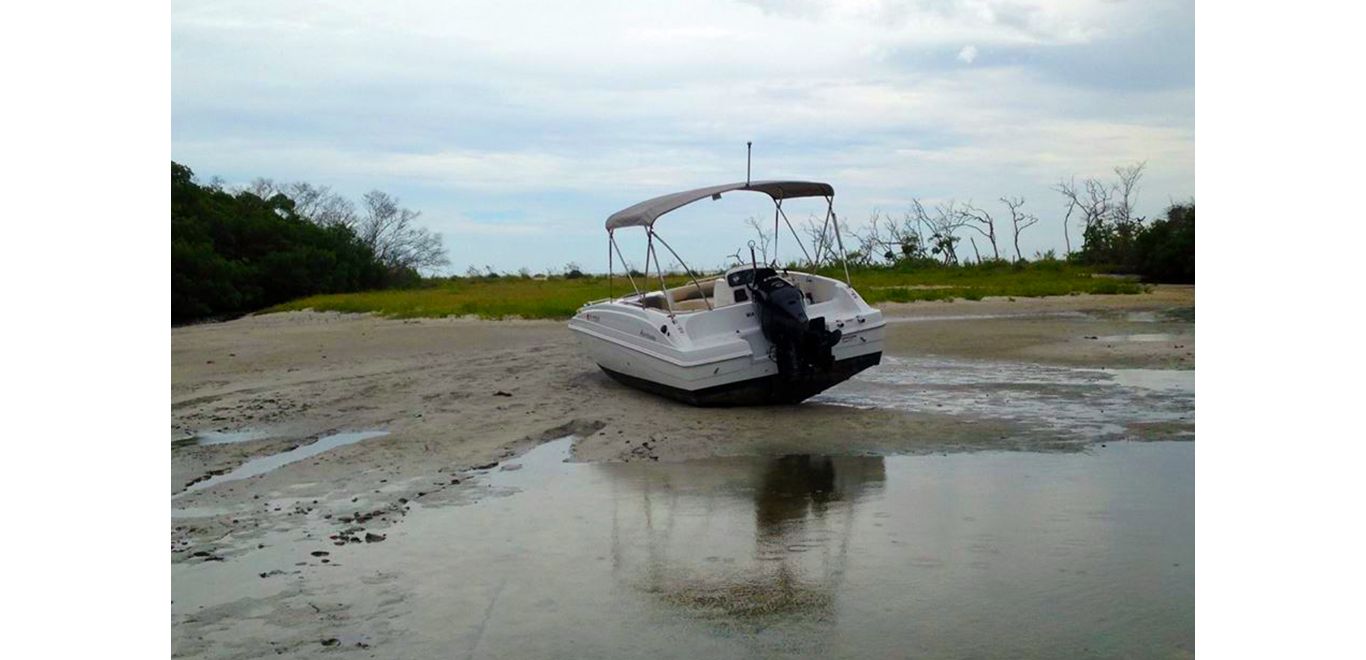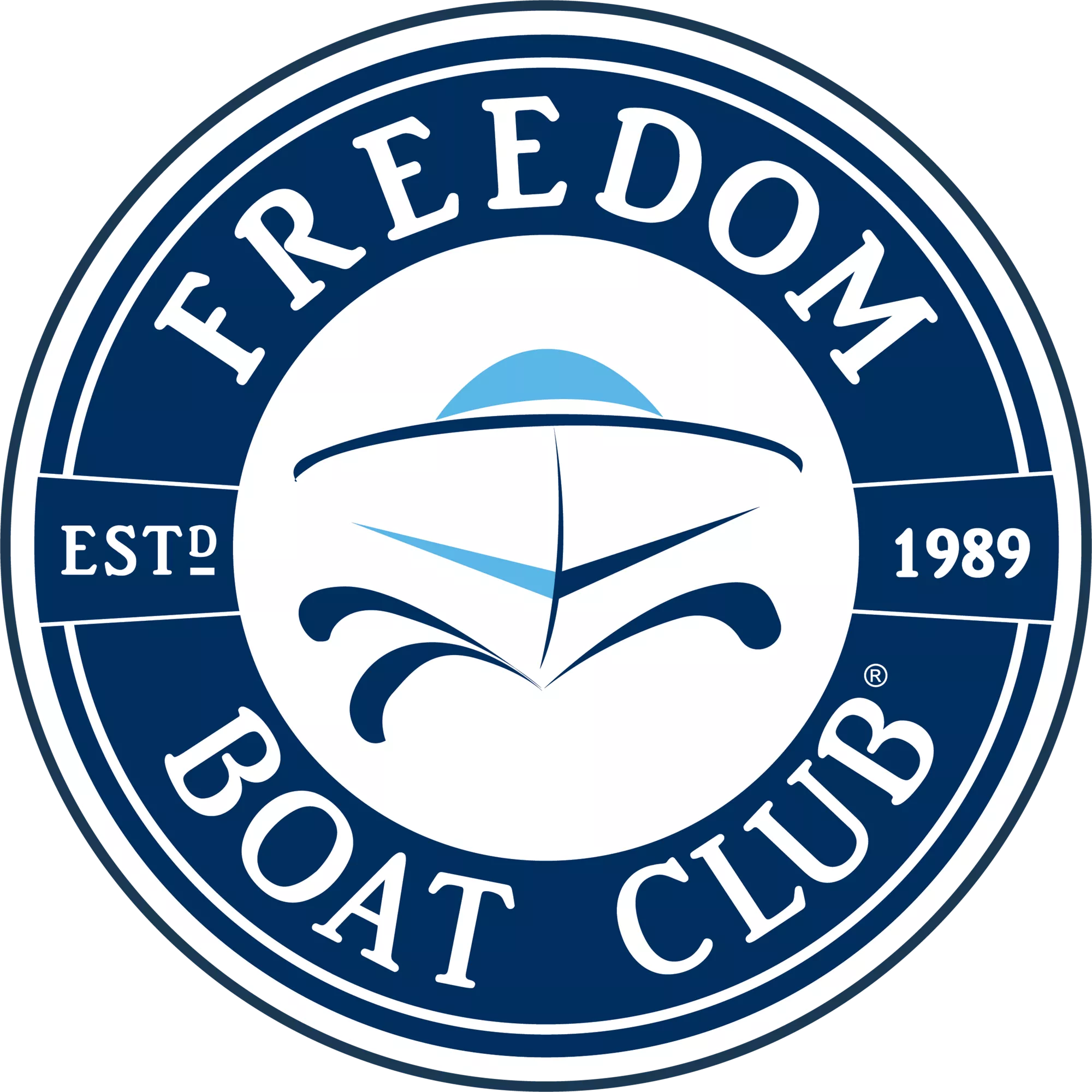
We’ve all seen images of boats grounded in the sand, caught by the changing tide. No one wants to get caught in such an embarrassing (and potentially costly!) situation, so understanding tides and currents, and applying what you know to your local waterways, is an essential boating skill.
What Are Tides and Currents?
It is helpful to define these two important terms:
- Tide is the flow of sea water in to and out of shore, due to the pull of gravity of the sun and moon.
- Current is the speed of the flow of water that creates a change in the height of the tide.
Tides are expressed as a number relative to the height of the water in feet, measured from a “zero” line (e.g. “2.5” or “-0.5”).
Predicting Tides
Wherever in the world you boat, tides are predictable.
As the time for high tide approaches, the sea water begins to flow toward shore, slowly at first, then with increasing speed (“current”) in the middle of the cycle, and then again with less speed toward the end of the cycle.
Once high tide is reached, the flow “in” stops, followed by “slack water.” Soon, the process starts in the opposite direction, and the flow “out” begins toward low tide. Again, the water begins to move slowly out to sea, with the current/speed of the flow increasing during the middle of the cycle, and the subsiding as the flow stops and the water reaches “slack water” (or “slack tide”).
Boat Handling
Tides and currents affect boat handling, particularly beaching a boat or docking.
Beaching
If you plan to enjoy a family picnic at a local island, for example, you’ll want to be well aware of tide conditions. Check in advance to know the time for high or low tide so you can watch you anchor on shore and be well prepared to adjust the boat’s position as needed. Paying to tow a “high and dry” boat off the beach as noted can be a very costly proposition. In addition, chasing a boat that has floated free and is suddenly loose in the outgoing tide and current is equally challenging and can be very dangerous.
Docking
Understanding the day’s forecast for high and low tide and wind direction in advance will help you to dock and maneuver like a pro, even in treacherous conditions!
Strategically, you will want to plan to approach the dock into the force of the water (current) or wind. If the tide/current is coming in, the wind could be from the opposite direction, and you will need to determine which is stronger and make your approach in that direction. TIP: usually “current trumps wind.”
If you encounter challenging docking conditions, stop for a moment with your boat perpendicular to the dock and observe the direction your boat is being pushed. Plan to dock with the bow of your boat facing into the force.
Current/Speed
The greater the separation between the high and low tides in height, the faster the current will be as the water flows in or out.
For example: if the high tide is charted to reach 2.5 (that’s feet above mean low water) at 8:00 am, and the low tide is expected to be -.5 (that’s feet below mean low water), at 4:00 pm, the change is three full feet. When you’re ready for lunch at noon to 1:00 pm, there will usually be significant current/speed to push your boat around. To exercise full control, approach the dock with your bow into that current.
Smart boaters will take the time to thoroughly familiarize themselves with tide and current conditions before heading out. The better prepared you are, the more you’ll enjoy your day!
Mobile Apps
There are a few easy to use apps to help you monitor tides and current conditions: “Sea Tow” offers a free app, and “Hi Tide” is available to download for a nominal fee.
